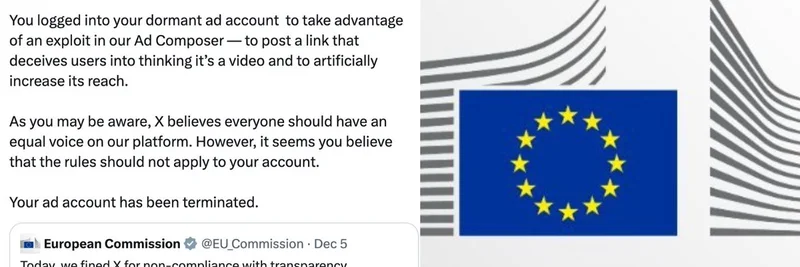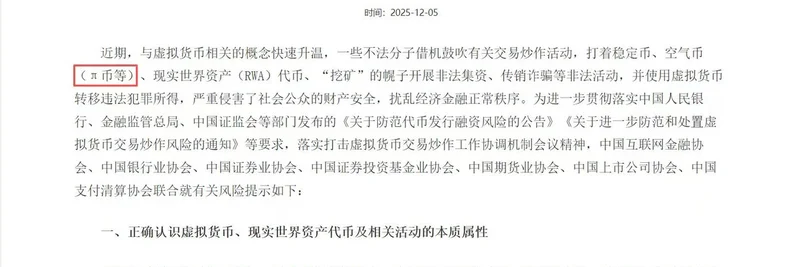In the fast-paced world of cryptocurrency, where privacy is becoming a hot commodity, a recent tweet from Akshay BD has sparked conversations about the unsung heroes behind Zcash's comeback. Posted on X (formerly Twitter), the tweet praises Josh Swihart's efforts in revitalizing Zcash through the Zashi wallet, just in time for what many are calling the "ZEC renaissance."
The Tweet That Started It All
Akshay BD, known for his insightful takes on crypto, shared a clip from the Network State Conference featuring Josh Swihart, CEO of Electric Coin Company, the team behind Zcash. In the post, Akshay highlights how Swihart's contributions are often underrated. He describes Zashi as a "friendly, onchain interface" designed to onboard new users to Zcash seamlessly while integrating with existing infrastructure.
The key takeaway? Many marketing challenges in crypto can be solved through smart product design. Swihart and his team nailed this with Zashi, launching features that align perfectly with Zcash's renewed momentum.
What Is Zashi and Why Does It Matter?
For those new to the scene, Zcash (ZEC) is a privacy-focused cryptocurrency that uses zero-knowledge proofs—specifically zk-SNARKs—to enable shielded transactions. This means you can send and receive funds without revealing details like amounts or addresses on the public blockchain.
Zashi is the official mobile wallet for Zcash, developed by Electric Coin Company. It's built to make privacy accessible for everyday users, not just tech-savvy enthusiasts. Think of it as a bridge between traditional finance apps and the decentralized world, with a clean interface that hides the complexity of blockchain under the hood.
In the conference clip shared in the tweet, Swihart demos a new feature called CrossPay. This allows users to pay anyone in their preferred currency—be it Bitcoin, USDC, or even Solana—directly from their shielded Zcash balance. The beauty? The recipient can't peek into your transaction history or see your ZEC holdings. It's privacy preserved, with the convenience of cross-chain payments.
This innovation comes at a crucial time. With increasing regulatory scrutiny and data breaches in the crypto space, tools like Zashi are empowering users to maintain control over their financial privacy.
The ZEC Renaissance: What's Driving the Hype?
Talk of a "ZEC renaissance" isn't just buzz—it's backed by real market movement. Recently, Zcash has seen a surge in interest, with traders noting whale accumulations and breakout price action. As privacy concerns rise in the broader blockchain ecosystem, ZEC's shielded tech is positioning it as a go-to for secure transactions.
This revival isn't happening in a vacuum. Meme tokens, which often thrive on viral hype and community-driven narratives, could benefit from privacy features like those in Zcash. Imagine trading memes without exposing your wallet to prying eyes—Zashi's user-friendly approach could onboard meme enthusiasts into privacy coins, blending fun with security.
Replies to Akshay's tweet echo this excitement. Mert from Helius.dev called it "interesting" that a Solana heavyweight is eyeing Zcash, while others praised Swihart for building during bear markets. It's a nod to the resilience in crypto innovation.
How Zashi Fits into the Bigger Picture
Beyond the tweet, Zashi represents a shift in how privacy coins are marketed and used. By focusing on product-led growth, Swihart's team is addressing pain points like onboarding friction and interoperability. For blockchain practitioners, this means easier access to tools that enhance security without sacrificing usability.
If you're diving into meme tokens or broader crypto, consider how privacy layers like Zcash could protect your plays. Tools like Zashi make it straightforward—download the app, shield your funds, and transact with peace of mind.
As the ZEC renaissance unfolds, keep an eye on updates from Electric Coin Company. Tweets like Akshay's remind us that behind every crypto surge are dedicated builders like Josh Swihart, quietly shaping the future.



